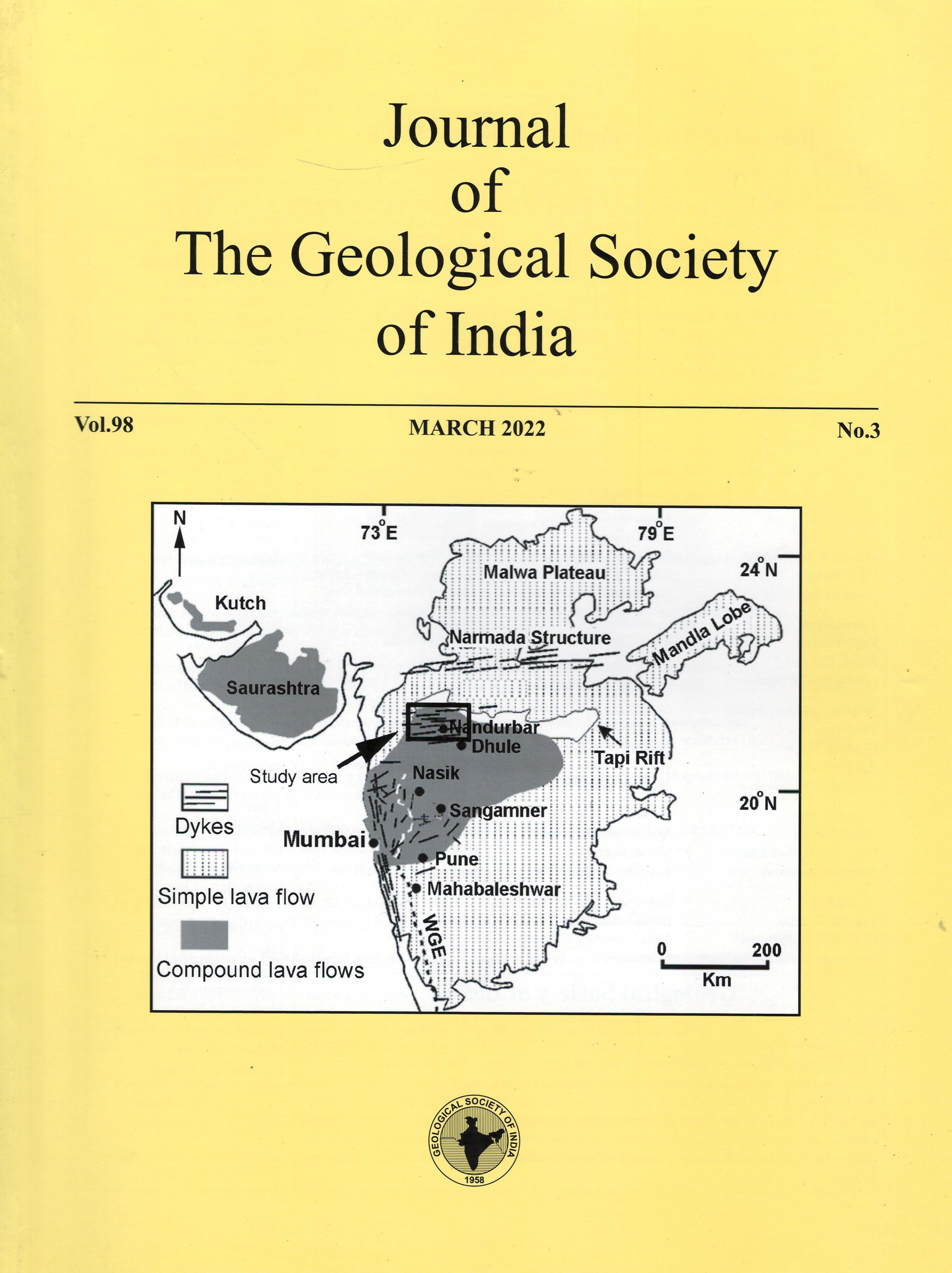Evolution of Opencast Mines in the Raniganj Coalfield (India): An Assessment through Multi-temporal Satellite Data
DOI:
https://doi.org/10.1007/s12594-022-1990-5Keywords:
No KeywordsAbstract
Surface mining is the dominant driver of land use land cover (LULC) change in the Raniganj coalfield region in West Bengal, India. Owing to its multifaceted consequences on soil, water, and landholders, assessment of spatio-temporal changes in mining areas has become important. The oldest coal mine of India, Raniganj coalfield has been producing superior quality non-coking coal for the last 246 years. To reduce the cost per unit production of coal, the mining authority prefers the opencast method over underground mining. The mushrooming growth of opencast mines in this coalfield causing huge waste dumps, depletion of vegetated surface, changing slope and drainage pattern, soil erosion, and degradation of environmental quality. With this background, the present study examines the spatio-temporal changes and evolution of opencast mines using multi-temporal Landsat Thematic Mapper (TM) and Enhanced Thematic Mapper Plus (ETM+) datasets of 1991, 2001 and 2014. Further, the study assessed the dynamics of mining patches and their characteristics through spatial metrics analysis. The LULC maps reveal good agreement with in-situ observation as verified by overall accuracy (³ 85%) and Kappa (³ 0.75) statistics. The study showed that mining areas have increased rapidly during the period and the growth has occurred by depleting the forest, sparse vegetation, and agricultural land. It is also noteworthy that the rate of growth in mining areas was comparatively higher during 2001-2014 than in 1991-2001. The change of dynamics of LULC revealed that more than 70% of the active mines was excavated after 2001. It is also observed that patch parameters, i.e. area, perimeter, shape, and density of the mining patches have changed with time that certainly establishes the dynamic nature of mining patches. The unprecedented growth of mining areas during the last decade has been a serious matter of concern from the ecological perspective of the area.

 Tanmoy Patra
Tanmoy Patra






